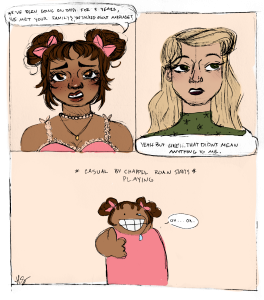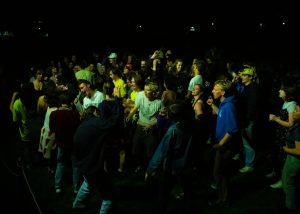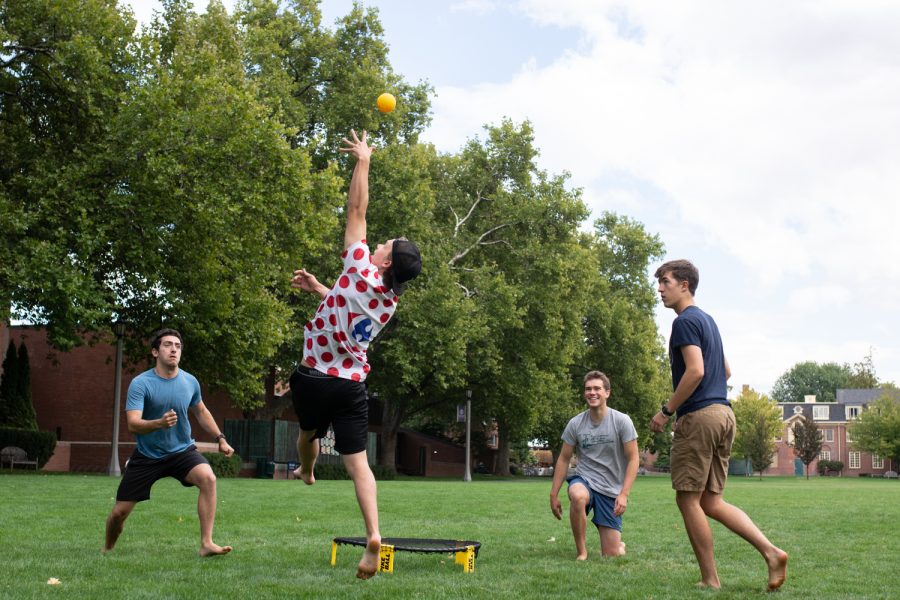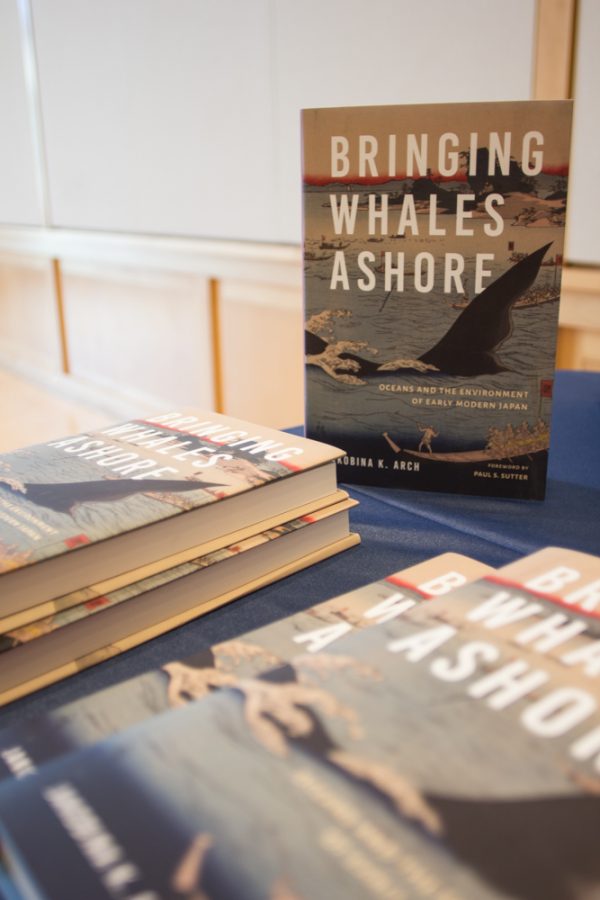Hello everyone! I have now been in Spain for just a little over a week, and there is so much to talk about! As promised though, here are some tidbits about my experience navigating a new city and exploring Alicante:
GETTING AROUND
One of the reasons I choose to come to Alicante with CIEE in the first place is that, after reading the evaluations written by Whitties who have completed the program in the past, I decided that it seemed like the most supportive program, offering lots of help to its students as they adjust to a new place. This past week has more than confirmed that to be true! And I am so thankful.
Though you would never know it looking at me, I am legally blind and have been since birth- and for this reason, I knew that studying abroad was going to be a greater challenge for me than the average student. Getting around, in particular, is what I was most worried about, since I have trouble with that in Portland where I have lived for fourteen years and everyone speaks English. Rightly so, as it turns out. I had communicated with the director of the CIEE program before I arrived and warned him that I was going to need help at first to find things like bus stops and my apartment. He was encouraging over email, but I wasn’t sure exactly how it was going to pan out once I arrived here. But as far as the CIEE staff, everything has been perfect. They enlarge my class handouts and schedules without even asking and with the same ease as I might receive from the Whitman Academic Resource Center. Carmela’s apartment, where they placed me for my homestay, is in the most central part of downtown Alicante, mere blocks away from almost every bus line and from el Mercado and the train station where we often meet for group activities. And for the last three days, a staff member has taken the bus from the university home to Carmela’s with me- where she is then waiting at the bus stop to walk the three blocks back to our apartment. In the mornings, Carmela takes the bus with me all the way to the university, goes for a walk on campus, and then takes the bus home. She has also walked me to el Mercado to meet the group multiple times and is getting the hang of pointing out colorful landmarks to teach me the way.
It all sounds great, right? Well it is, absolutely. But it is also not so simple. Monday night, for example, we had a group walking tour of Alicante. I learned that Spanish street signs are not posted in large letters on signs on street corners, but rather written in small font on little white signs posted high up on the buildings. I also learned that while the city is on somewhat of a grid, there is a plaza every few blocks where anywhere from four to nine streets converge and split off every which way. And because there are so many plazas, full of palm trees and beautiful tiling and most of them containing a children’s park, they are not very useful to me as landmarks. Everything looks the same! After our tour, we returned to el Mercado where we had met. Carmela walked me there, but I had foolishly told her I knew the way back, which I didn’t. I must have circled the same block four or five times looking for our street which I knew was right around there somewhere while the sun set and I got more and more nervous. I finally shelved my pride and asked a Spanish woman on the street for directions, which she cheerfully pointed out, and I made it home with no problem. But what should have taken me five minutes had taken me thirty, and worse than that it had terrified me. What is going to happen when orientation time is over and everyone expects us to navigate the city completely on our own? What about when everyone in my program wants to go out at night, what if I lose track of them? How will I find my way home?
I spent that evening and some of the next day worrying and worrying. But a successful excursion to the beach with a few of the girls in my program without getting lost at all restored my confidence a little, and I also realized some things. I have got to let go of the part of me that doesn’t want to be a tourist. Yes, I will be living in this city for four months, but the very fact of being blonde means I have a big sign on my head that says “American!!” everywhere I go anyway. Embracing the tourist in me means I will go places with groups, tours, and at the very least with maps… less glamorous perhaps, but much safer. I also realized that it really is not lame of me to say that I can’t do something or am not comfortable doing something because of my vision. Friday night, for example, I put this into practice when most of the people from my program decided to go out and experience Spanish nightlife- which basically means going to el barrio and drifting from bar to bar until at least 3 in the morning. It is definitely a cultural experience that I want to have at some point, but I simply did not feel comfortable enough with this strange new city yet to venture out so late at night. So despite their protests I left the group and went home and had dinner with Carmela and went to sleep.
It gets easier each day though. The landmark of the beach is hugely helpful because almost any street in downtown Alicante that slopes downwards is headed for the beach, so it’s a good orienting strategy. And day by day the plazas look more distinct and I recognize more and more stores. The blue optical shop on the corner. The frozen yogurt place on the beach. The Yoigo cellphone spot several blocks down from el Mercado. It will all make sense soon. In the meantime, I’m being careful!
Other than my fear of getting lost in it, here are some first impressions of the city of Alicante:
- All of the sidewalks are made of patterned tiles
- If I had to give the city a color I would say brown: tan, rich reddish brown, caramels and bronzes.
- There are so many palm trees! The only places there are trees other than palms are in some of the plazas.
- Lots of graffiti! Everywhere, even on the hundreds of years old castle, el Castillo de Santa Barbara, that overlooks the city.
- There are more bars and ice cream places than I’ve ever seen in one place
- Spaniards really do “live in the street,” all the restaurants have huge outdoor seating areas and almost no one sits inside. The sidewalks are wide on main streets to accommodate this, and some streets are just walking streets. On smaller streets the sidewalks are so narrow that it’s hard to walk side by side with another person.
Here are some pictures of the city:












Sue West • Sep 7, 2012 at 10:38 am
Wow, Claire, I loved reading your blog…So interesting! You are such a good writer. Thanks for taking the time to do this…I feel like I am part of your journey, because you share so honestly! I am so happy for you, that you are having this experience!! Love, Aunt Sue